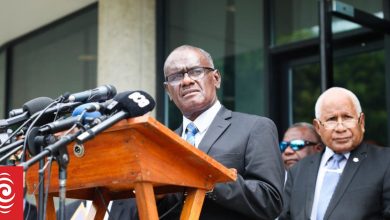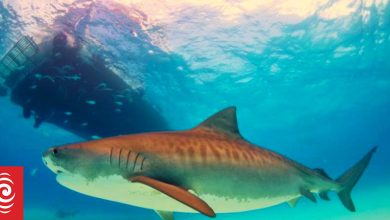Report into Maui fires disaster expounds timeline, ‘acts of heroism’

A new report says “numerous acts of herosim and community cooperation were observed” during the devastating Maui wildfires which killed over 100 people.
The first of three reports of an investigation into the wildfires that destroyed the town of Lahaina in Maui has been released, almost nine months on from the disaster.
It includes a detailed timeline of how events unfolded and background about the area.
The investigation was conducted by the Fire Safety Research Institute (FSRI).
There were calls for an independent investigation, with one Lahaina resident saying: “there’s so many things that are questionable here”.
Fire Safety Research Institute lead investigator Derek Alkonis said the investigation gives a forensic study into the fires.
“We were also on site with our team walking the streets of Lahaina, documenting in detail the loss that was suffered, the structural damage, and understanding the questions of why some structures were damaged and why others were not,” he said.
“We wanted to understand the areas where the lives were lost – understand the fire’s progression through those areas.”
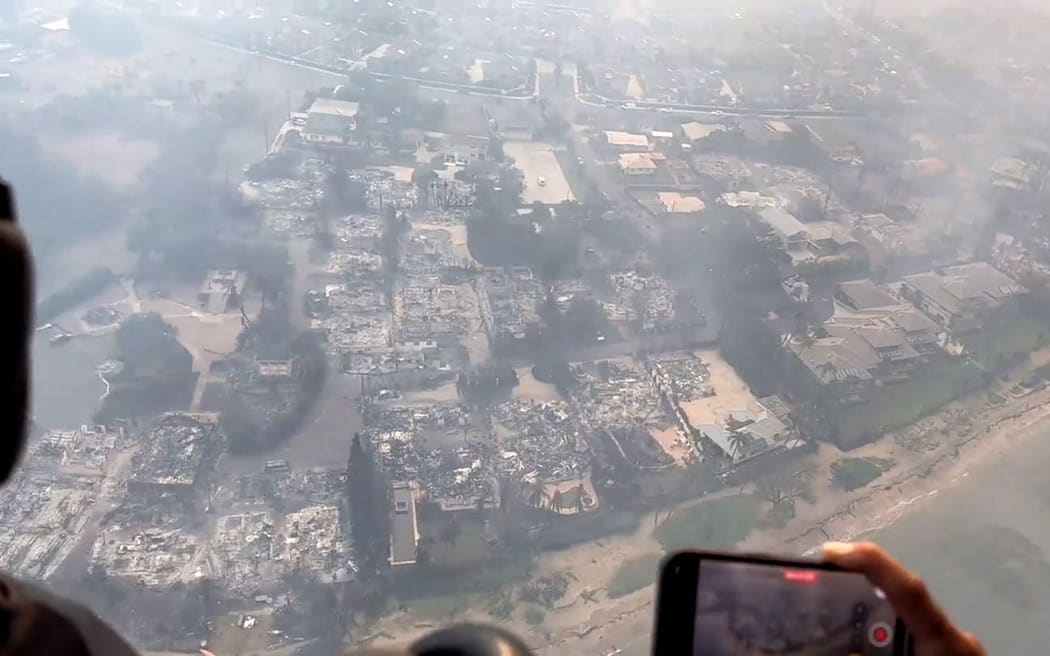
He said the next two reports are expected to give potentially incriminating evidence for a forensic study.
The report is the first of three which it says will provide a complete timeline of the disaster, based on “voluminous evidence and contemporary fire science”; an exhaustive analysis of contributing factors to the horrible outcome; and a forward-looking report with actionable recommendations to help prevent further tragedies.
It said despite the devastation, numerous acts of herosim and community cooperation were observed.
“Residents assisted in fire fighting and evacuation efforts, utilising resources such as garden hoses, portable pumps and pool water to protect homes,” the report said.
“Rescues were conducted by both civilians and first responders, often extracting individuals from dangerous conditions incolving heaby smoke, flying embers and active fires.
“The Native Hawai’ian concept of ‘laulima’, emphasising familial cooperation, was prevalent.”
One firefighter rescued seven colleagues, including an unconscious officer who required urgent medical attention.
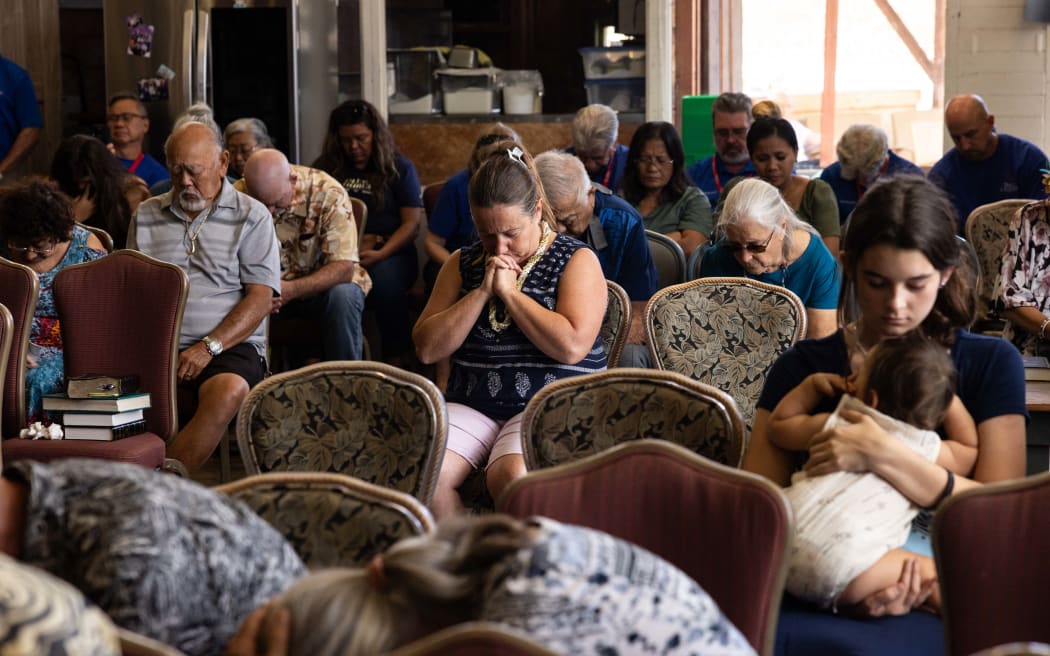
Fire behaviour
The FSRI said from evidence gathered across Maui, informed by extensive experience and research in fire dynamics, much of the fire behavior in Lahaina “transcended its initial wildland-urban interface character to become an even more devastating urban conflagration with alarming speed arising from wind-driven flames and embers”.
While the Lahaina fire’s origin was in a wildland-urban interface setting, mauka (on the mountain side) of Lahaina town, once it crossed the Hawaii Route 3000 (Lahaina Bypass) and ignited the first structures, its primary fuel became structural components and contents, the report said.
Additional fire spread through grass- and vegetation-covered interstitial areas, driven by extraordinary weather conditions.
The report said the wind patterns on Maul influence fire behavior by affecting intensity, direction, and rate of spread.
“Wildfires have occurred under both typical conditions, and rare weather and/or wind events.”
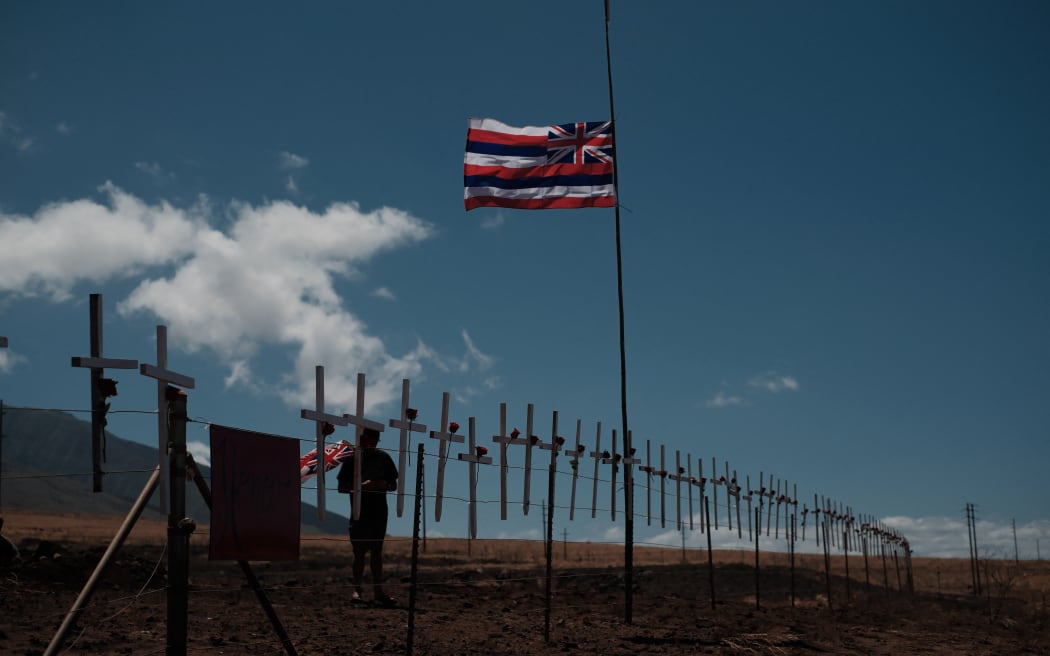
Maui’s wildfire-prone nature
The report said several factors contribute to wildfire occurrence and spread, including a combination of biophysical characteristics of the natural environment – topography, climate and weather, vegetation, and natural resource management – and the built environment – land use and development patterns.
The report said virtually all island habitats, including Hawaii, are prone to potentially devastating ocean-borne winds, and there are many names for and meanings of wind in Hawai’ian culture.
“Relevant to the grassland fire events of August 2023 on Maui are the Kaua’ula winds, which impact the west side of Maui in the Lahaina-Wahikuli region,” the report said.
“This periodic wind phenomenon has been noted from historical times.
“While wildfires are directly influenced by wind speed and direction, valleys and canyons on Maui frequently channel winds, accelerating fire spread and intensifying fire behavior as winds funnel through narrow passages or flow around objects.”
The report said wildfires are increasing in frequency, size, and severity on all islands in Hawaii.
Once limited to volcanic eruptions or infrequent dry lightning strikes, nearly all fires in Hawaii are now human-caused, the report said.
They often pose threats to communities and natural and cultural resources, according to the Pacific Fire Exchange’s ‘Summary of Fire Past and Present’.
A paper from the University of Hawaii, quoted in the FSRI report, said with the combination of annual dry seasons and episodic droughts, high density of human-caused ignitions, and vast areas of unmanaged fuels, “human-caused wildland fire has become a frequent hazard and disturbance throughout the state”.
Challenges to Rapid Wildfire Containment in Hawai’i. Draft. C.Trauernicht, L.X.Gollin, M.P. Lucas, and C.P. Giardina. University of Hawai’i, Mānoa. College of Tropical Agriculture and Human Resources. Cooperative Extension
According to the news on Radio New Zealand

